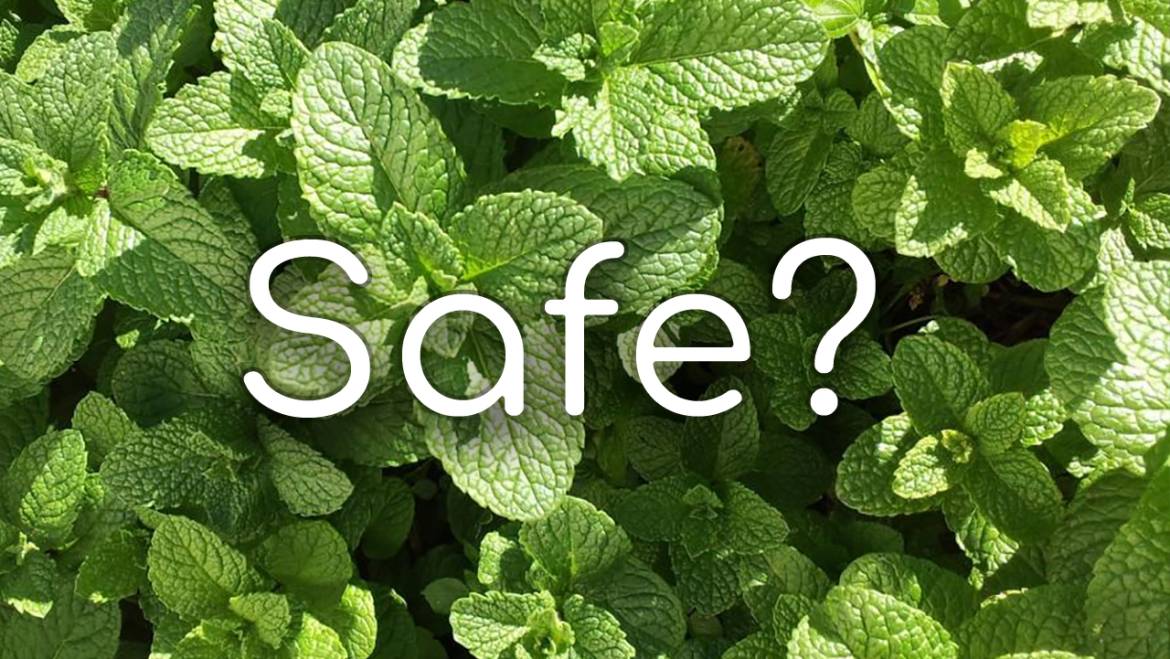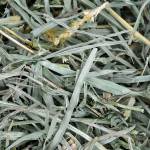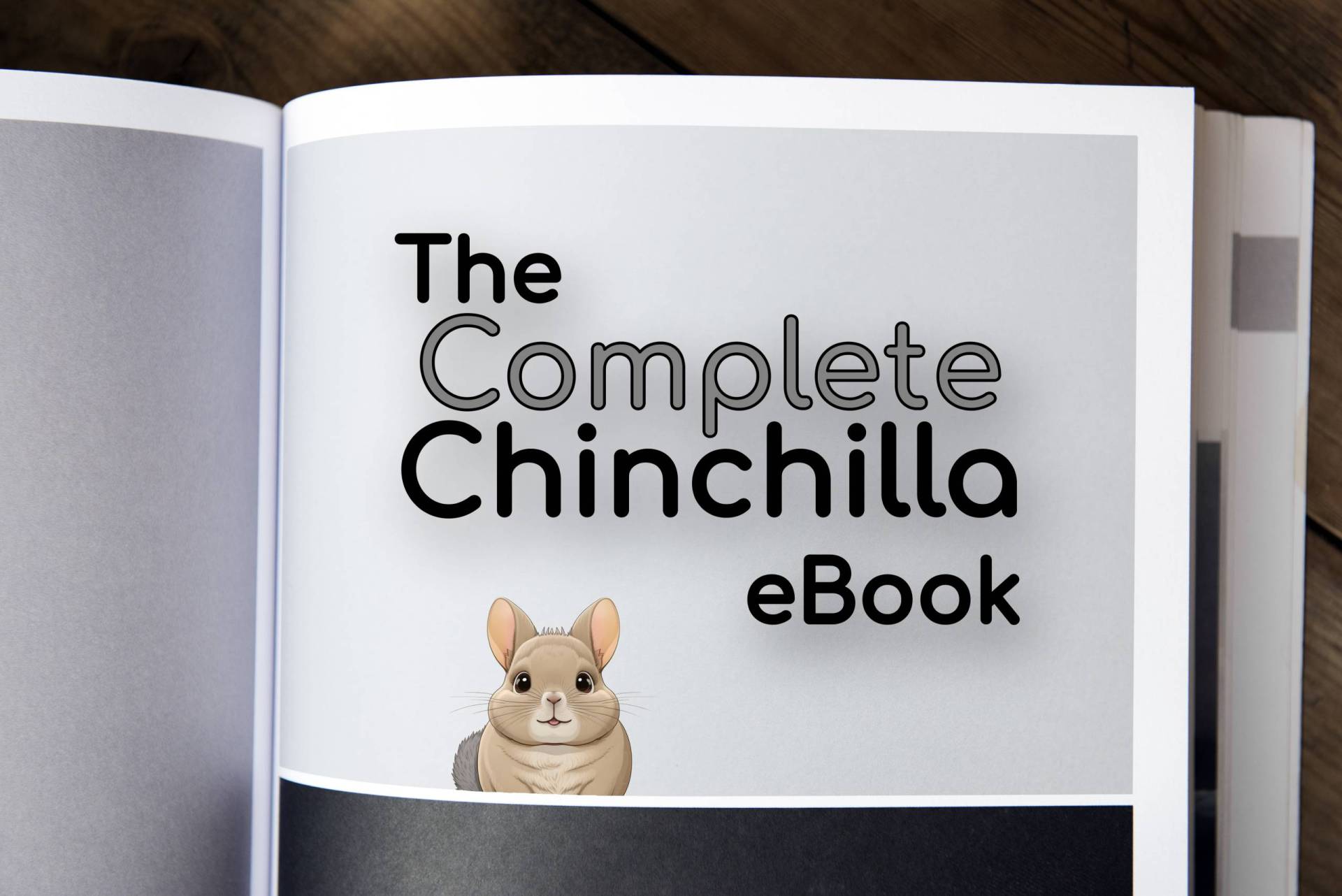Chinchillas are adorable and curious pets that require a healthy and balanced diet to stay happy and active. As a responsible chinchilla owner, you may wonder if you can feed your pet different types of foods, including herbs and spices. Peppermint is one such herb that you may be tempted to offer your chinchilla, especially if you enjoy its aroma and flavor. However, not all human foods are safe for chinchillas, and some can even be toxic. In this article, we’ll explore the question of whether chinchillas can eat peppermint leaves, their benefits, and the potential risks.
What Are Peppermint Leaves?
Peppermint (Mentha x piperita) is a hybrid plant that is a cross between spearmint and water mint. It is a perennial herb that is native to Europe and Asia but is now widely cultivated around the world. Peppermint leaves are commonly used in the food industry to flavor confectionery, beverages, and other products. Peppermint leaves have a distinctive aroma and taste that come from the presence of menthol, a compound that has a cooling and refreshing effect on the senses.
Can Chinchillas Eat Peppermint Leaves?
The short answer is yes, chinchillas can eat peppermint leaves. However, you should be cautious when offering this herb to your pet and do so in moderation. Peppermint leaves are not toxic to chinchillas, but they are rich in essential oils that can cause digestive upset if consumed in large quantities.
Benefits of Peppermint Leaves for Chinchillas
Peppermint leaves offer several potential health benefits for chinchillas when fed in moderation. These benefits include:
- Improved Digestion: Peppermint leaves contain menthol, a natural compound that can help soothe the digestive tract and relieve gastrointestinal distress. If your chinchilla has digestive issues such as bloating, gas, or constipation, a small amount of peppermint leaves may help ease their discomfort.
- Fresh Breath: Chinchillas are prone to dental problems, which can cause bad breath. Peppermint leaves have a refreshing scent that can help mask the odor and promote oral hygiene. However, it’s essential to note that peppermint leaves should not replace proper dental care, such as regular teeth cleaning and check-ups.
- Anti-Inflammatory Properties: Peppermint leaves contain antioxidants and anti-inflammatory compounds that can help boost your chinchilla’s immune system and reduce inflammation. This can be especially beneficial if your chinchilla has any inflammatory conditions such as arthritis or respiratory problems.
Risks of Peppermint Leaves for Chinchillas
While peppermint leaves are generally safe for chinchillas, they can also pose some risks if not fed in moderation. These risks include:
- Digestive Upset: Peppermint leaves are rich in essential oils that can cause digestive upset if consumed in large quantities. Overfeeding peppermint leaves can lead to symptoms such as diarrhea, bloating, and stomach cramps. Therefore, it’s essential to feed peppermint leaves sparingly and in small amounts.
- Allergic Reactions: Some chinchillas may have an allergic reaction to peppermint leaves, which can cause symptoms such as skin rashes, itching, and sneezing. If your chinchilla has never eaten peppermint leaves before, it’s best to introduce them gradually and monitor their reaction closely.
- Interference with Medication: Peppermint leaves may interact with some medications, including blood thinners and antacids. If your chinchilla is on any medication, it’s best to consult with a veterinarian before offering them peppermint leaves.
How to Feed Peppermint Leaves to Chinchillas
If you decide to offer peppermint leaves to your chinchilla, it’s essential to do so in the right way. Here are some tips on how to feed peppermint leaves to chinchillas:
- Offer Small Amounts: Peppermint leaves should be given as a treat and not as a regular part of your chinchilla’s diet. A small sprig or two of fresh peppermint leaves once or twice a week should be sufficient.
- Wash the Leaves: Before feeding peppermint leaves to your chinchilla, wash them thoroughly to remove any dirt, pesticides, or other contaminants.
- Offer Fresh Leaves: Peppermint leaves should be fresh and free of any signs of wilting or decay. If the leaves look yellow or brown, it’s best to discard them.
- Remove the Stems: Chinchillas may find the stems of peppermint leaves difficult to chew and digest. Therefore, it’s best to remove the stems before offering the leaves to your pet.
- Observe Your Chinchilla: After feeding peppermint leaves to your chinchilla, monitor them closely for any signs of digestive upset or allergic reaction. If you notice any symptoms, discontinue feeding the leaves and consult with a veterinarian.
Peppermint leaves can be a healthy and tasty treat for chinchillas when fed in moderation. They offer several potential health benefits, including improved digestion, fresh breath, and anti-inflammatory properties. However, it’s essential to be cautious when offering peppermint leaves to your chinchilla and do so in small amounts. Peppermint leaves can cause digestive upset and allergic reactions if overfed or introduced too quickly. If you have any concerns about feeding peppermint leaves to your chinchilla, it’s best to consult with a veterinarian.







